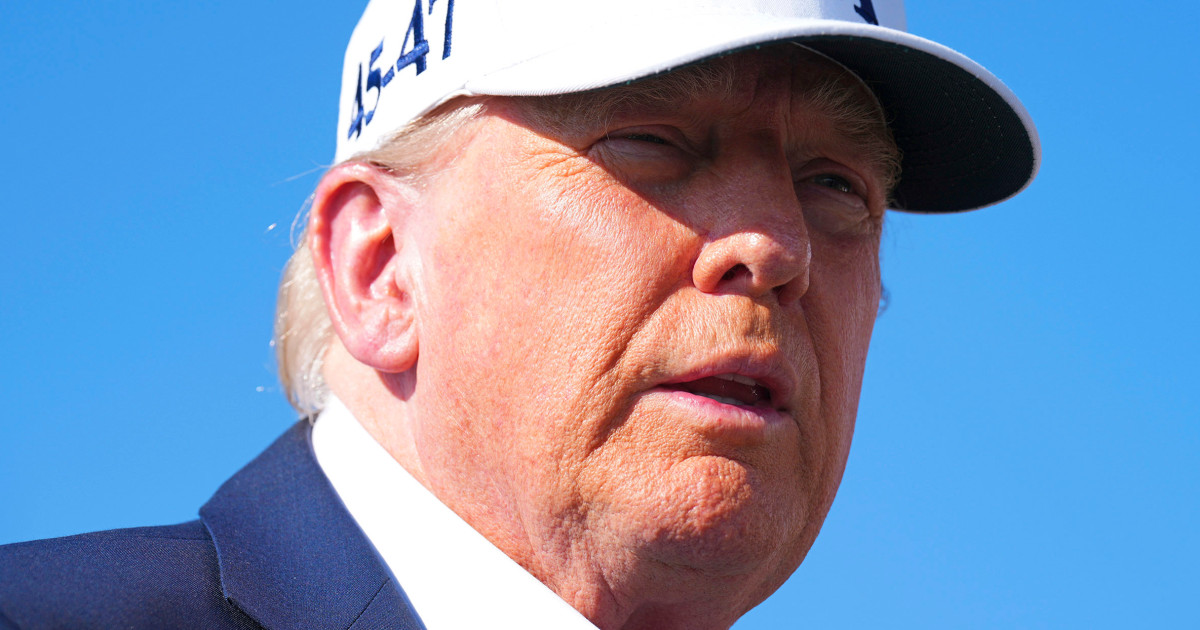“`html
In a groundbreaking initiative, the city of Greenfield has launched a new sustainable transportation plan aimed at reducing carbon emissions by 40% over the next decade. Announced on November 1, 2023, this ambitious project seeks to transform public transit, cycling infrastructure, and pedestrian pathways, marking a significant step towards a greener future.
Sustainable Transportation in Greenfield: A Comprehensive Overview
The Greenfield Transportation Department unveiled the plan during a press conference attended by local officials, environmental advocates, and community members. Mayor Lisa Franklin emphasized the importance of this initiative, stating, “Our commitment to sustainability is not just about reducing emissions; it’s about creating a livable city for future generations.” The plan is set to be implemented in phases, with the first stage focusing on enhancing public transportation services by early 2024.
Key Components of the Sustainable Transportation Plan
The new transportation plan includes several key components designed to make Greenfield a model for sustainable urban transit:
- Expansion of Public Transit: Introduction of electric buses and an increase in service frequency, aiming for a 25% rise in ridership.
- Cycling Infrastructure: Construction of over 50 miles of dedicated bike lanes, making cycling safer and more accessible.
- Pedestrian Pathways: Enhancements to pedestrian zones, including wider sidewalks and improved crosswalks.
- Incentives for Carpooling: A new carpool program offering rewards for residents who share rides.
According to a recent study by the Greenfield Institute for Sustainable Development, cities that invest in public transportation see a 20% decrease in traffic congestion and a 30% increase in overall public health. This data underscores the necessity of Greenfield’s transition towards sustainable transit solutions.
Community Reactions and Expert Opinions
Community response to the announcement has been overwhelmingly positive. Local resident and environmental activist, Sarah Mitchell, remarked, “This plan is exactly what we need. It not only addresses climate change but also improves our quality of life by reducing traffic and pollution.”
However, some experts caution that the success of the plan hinges on adequate funding and public buy-in. Dr. Mark Thompson, a transportation policy analyst, stated, “While the goals are commendable, the city must ensure that the infrastructure is in place to support these changes. Without proper funding and community engagement, we may not see the desired impact.”
Funding and Implementation Challenges
The city has allocated an initial budget of $5 million for the first phase of the plan, which includes upgrades to the current bus fleet and early-stage infrastructure developments. However, the overall cost of the complete initiative is estimated at $50 million.
To secure additional funding, Greenfield officials are exploring various options, including federal grants, state funding, and potential partnerships with private companies. Mayor Franklin highlighted, “We are committed to leveraging every resource available to make this vision a reality.”
Moreover, the city plans to hold a series of community forums to engage residents in the decision-making process and gather feedback on specific needs and concerns. This approach aims to foster community support and ensure the plan meets the diverse needs of all residents.
Looking Toward the Future
As the city moves forward, the implications of this sustainable transportation plan extend beyond environmental benefits. Enhanced public transit options could lead to increased economic opportunities, as improved access makes it easier for residents to reach jobs and educational institutions.
According to the Greenfield Economic Development Council, improved transportation infrastructure can increase property values by as much as 15%. This potential economic boost could be a strong argument for both residents and investors.
As Greenfield embarks on this ambitious journey, the success of the sustainable transportation plan could serve as a blueprint for other cities grappling with similar environmental challenges. If successful, Greenfield could become a leader in sustainable urban development, inspiring other municipalities to adopt similar initiatives.
Conclusion: A Call to Action for Greenfield Residents
Greenfield’s sustainable transportation plan is a testament to the city’s commitment to reducing its carbon footprint and enhancing community well-being. As implementation begins, it is crucial for residents to participate actively in the process, providing feedback and advocating for necessary changes.
To stay informed and engaged, residents are encouraged to attend the upcoming community forums and share their thoughts on transportation needs. Together, the citizens of Greenfield can help shape a sustainable future for their city, ensuring it remains vibrant and livable for generations to come.
“`



